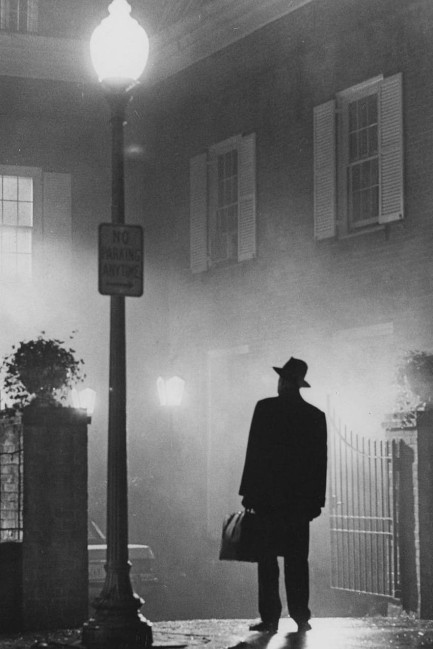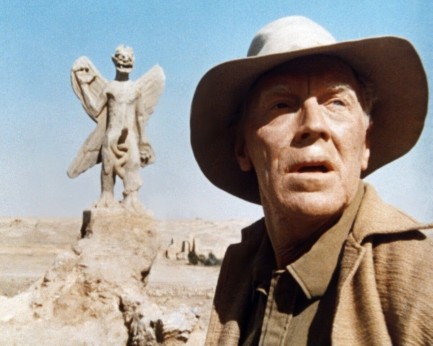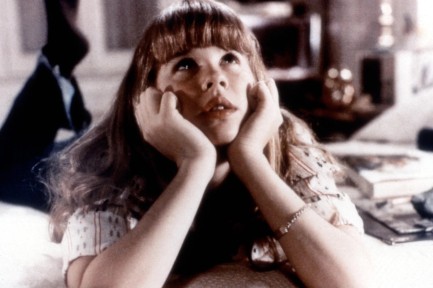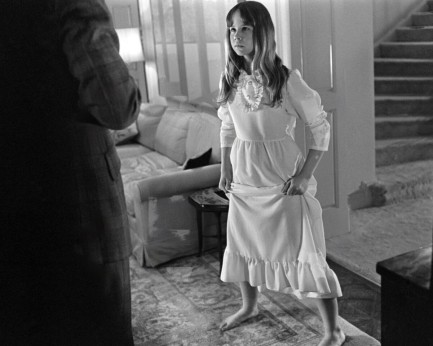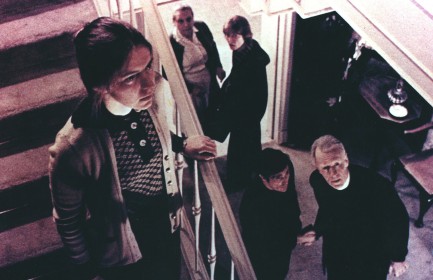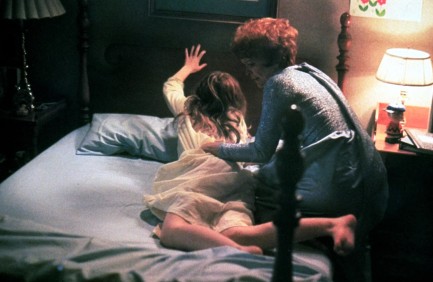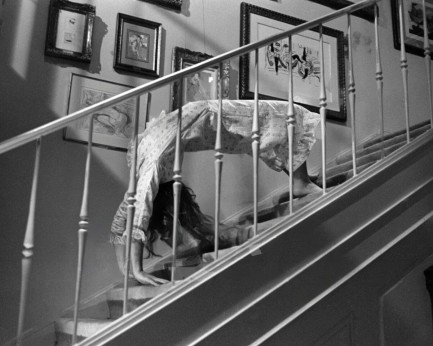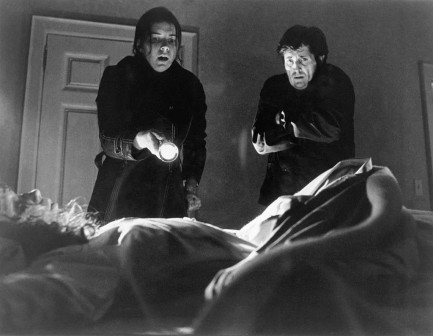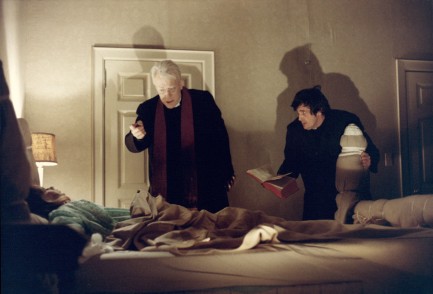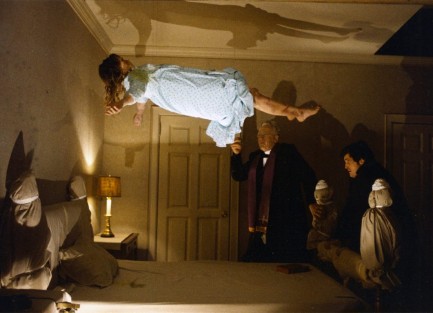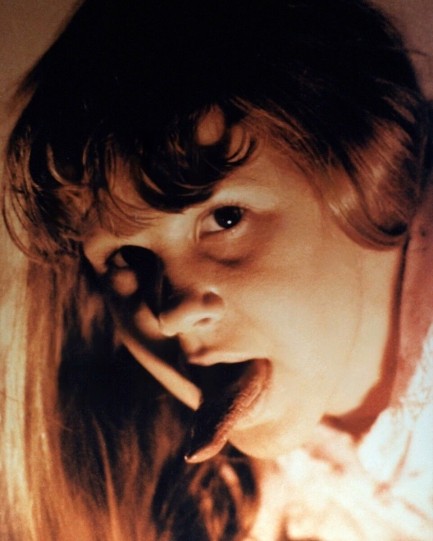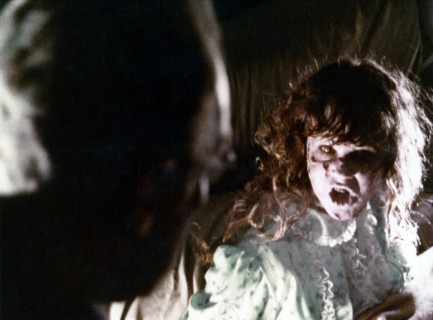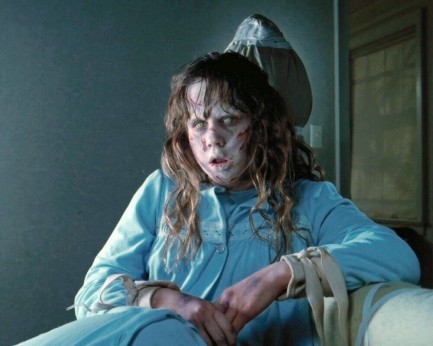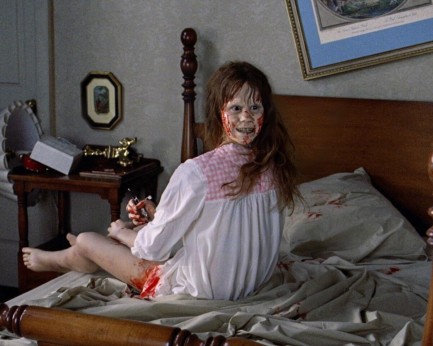| Vintage Pulp | Feb 17 2010 |

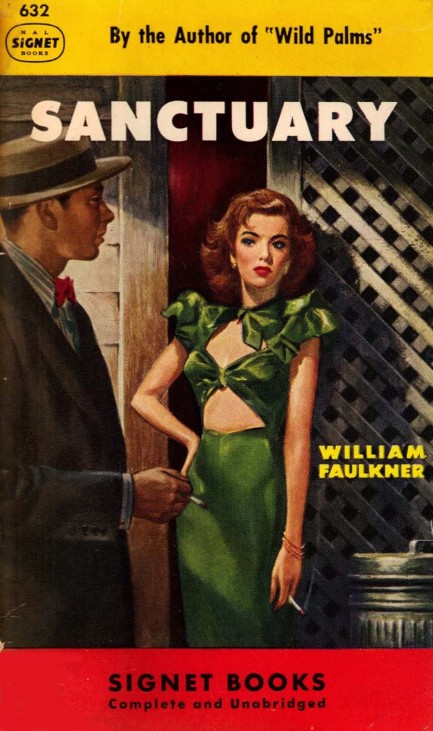
You know we like to share these pulp style covers certain publishing houses cooked up for reprints of serious pieces of literature. Today, it’s William Faulkner’s turn, and the subject is his 1931 novel Sanctuary, which Signet released in 1950 with this cover. Sanctuary was Faulkner’s fifth book and first success, but he wasn’t particularly fond of it, dismissing it as commercial claptrap written purely for financial reasons. If that was truly his intention, it seems like leaving out all the depravity and violence would have been a better way to go about it.
In any case, critics did not consider the book lightweight in the least, and a central rape scene involving a corncob understandably generated quite a bit of controversy. When the book was adapted into a 1933 movie entitled The Story of Temple Drake starring Miriam Hopkins, the corncob was removed, but the film still caused a stir and helped bring about the introduction of the Hays Code—the censorship doctrine that predated the establishment of the MPAA.
In 1961 Sanctuary was adapted again, and this time not only was the corncob removed, but a sizeable chunk of Faulkner’s original plot. Despite his professed distaste for commercialism, Faulkner had by then worked on dozens of movie projects. He had written screenplays for To Have and Have Not and The Big Sleep, and also had become a sought after script doctor, massaging projects like Mildred Pierce, The Southerner and Gunga Din. We have a small collection of posters from some of his projects below. If you’ve neglected to see any of these films, we highly recommend them and, of course, his novels are well worth a read. 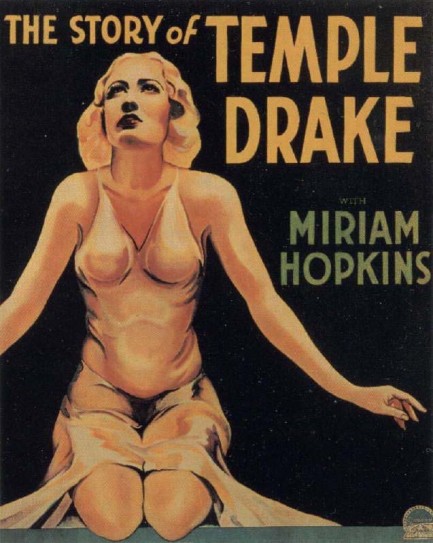
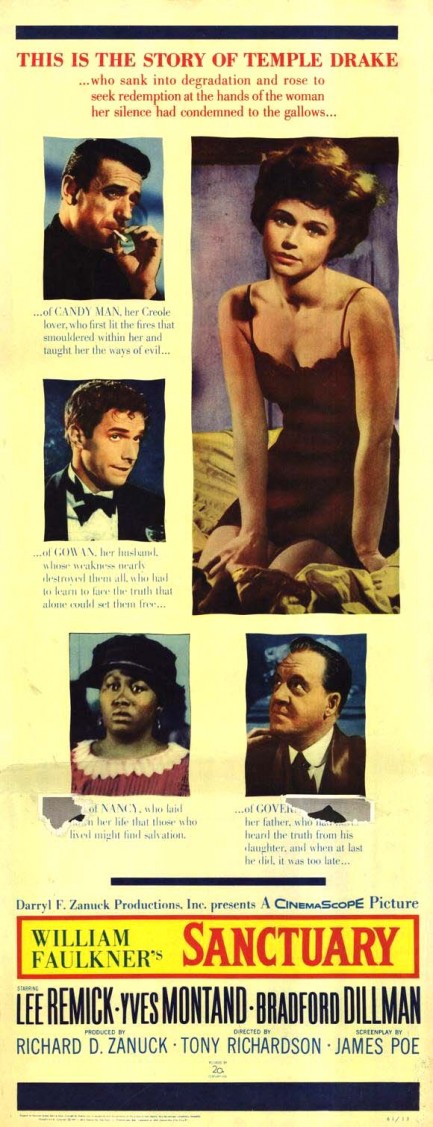
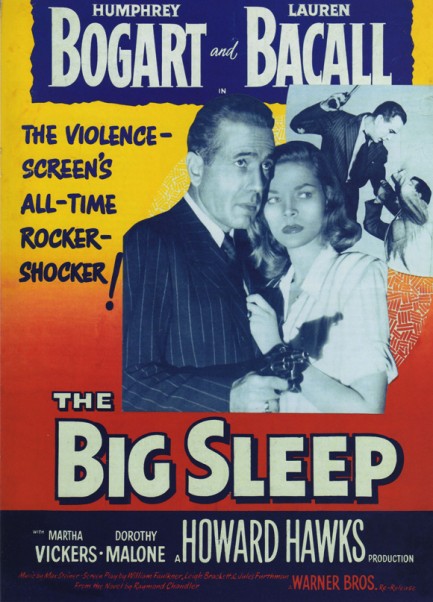
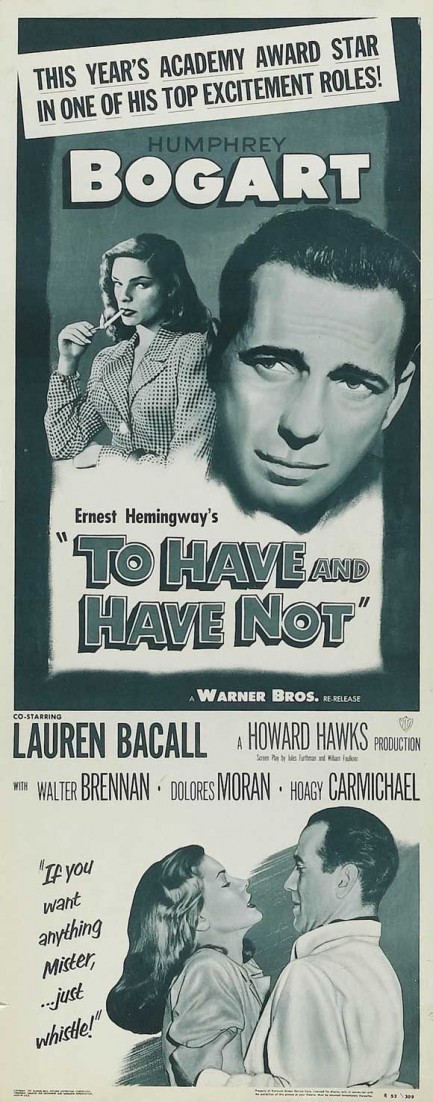
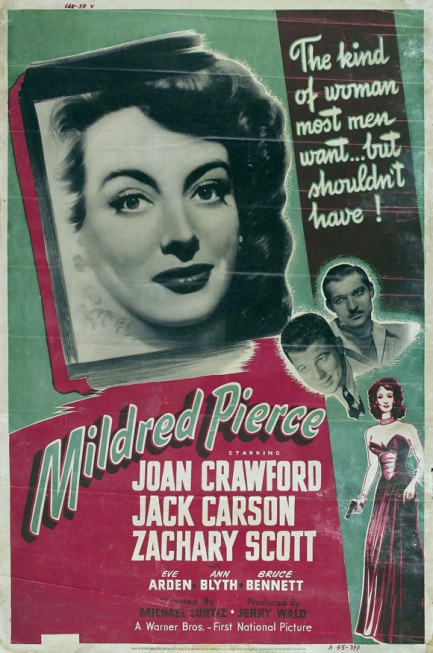
| Vintage Pulp | Dec 26 2008 |

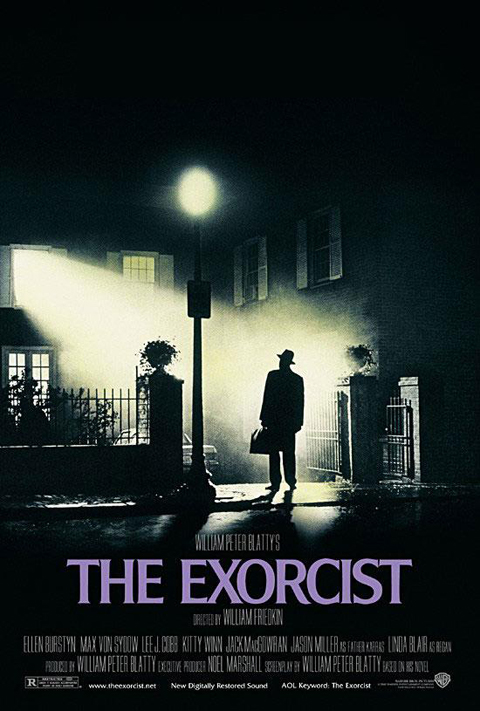
It was released today in 1973, and it implanted into happy holiday audiences enough nightmare material to last seven lifetimes. Half its tricks have since been stolen by other films, and the other half can’t be—because they can’t be shot legally on American soil anymore. The scene in which Linda Blair stabs her own nether regions repeatedly with a crucifix would make it past neither the test audiences nor the deciders in Hollywood’s executive suites. And even if it did the moral police at the MPAA would slap an NC-17 on it. That’s one of the reasons we love the 70s so much—what was produced then was uniquely daring and artistically viable.
Even though The Exorcist was based on a William Peter Blatty novel that sold like a billion copies, its success was surprising. It scored two Oscar nominations—one for director William Friedkin and another for Best Picture. It was beaten in both categories by The Sting, in a decision that marks something of a watershed for the Academy’s own artistic viability. Not that The Sting wasn’t good—it was. But history has made its judgment now, and few would argue that, of the two films, The Exorcist hasn’t been more influential, more imitated and, ultimately, more beloved.